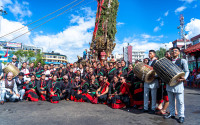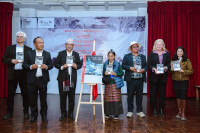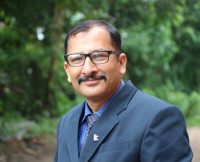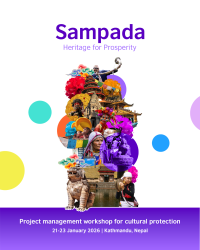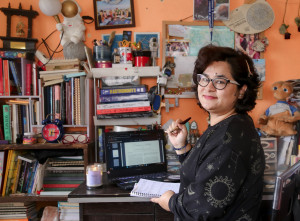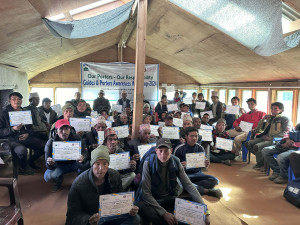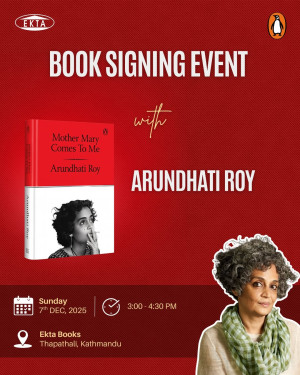Culture & Lifestyle
A town in step with its ancestors
For centuries, the people of Banepa have celebrated the Chandeshwari Jatra, a festival that blends devotion, history and community pride.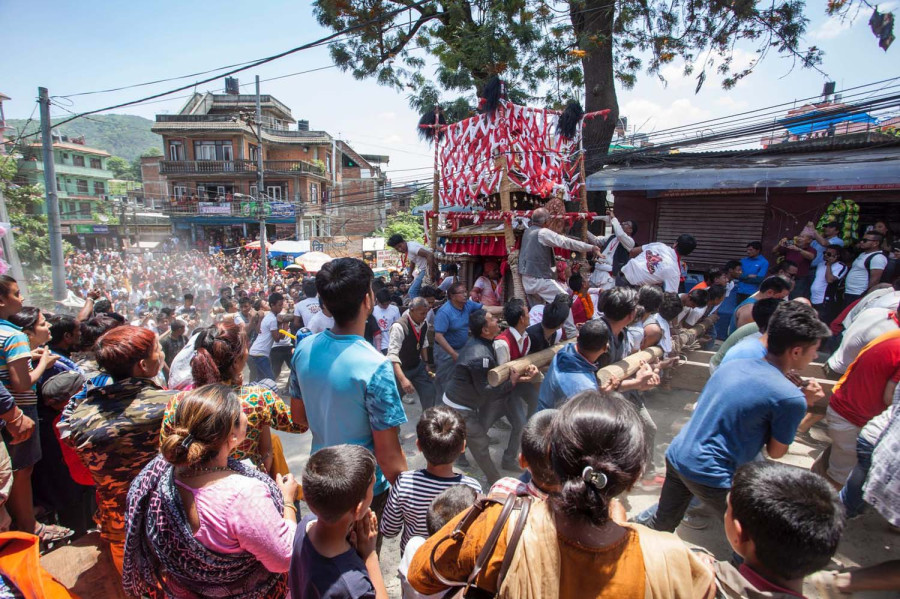
Reeva Khanal
Chandeshwari Jatra is a centuries-old festival celebrated in Banepa, a historic town in the Kavrepalanchok district of Nepal. Dedicated to the goddess Chandeshwari, locally known as Chasa Ajima, the protective mother goddess of Banepa, the two-day celebration begins on Baisakh Shukla Purnima—the first full moon of the Nepali lunar calendar.
As the ancient rhythms of drums echo through the streets and the air fills with the scent of incense, Banepa comes alive in a powerful display of faith, tradition, and community. More than just a religious event, the Jatra is a living expression of cultural identity and spiritual continuity in an ever-changing world.
Swornim Nakarmi, a computer engineering graduate and software engineer, is a researcher and heritage enthusiast who believes that traditions like the Chandeshwari Jatra are more than just traditions. “Banepa has been an important trade centre since ancient times. It lies along the historic trade route that once connected the Kathmandu Valley with Tibet,” he says. He explains that Banepa is known by several indigenous names that reflect its commercial past: Bhonta, Bhondey, and older Sanskrit names like Banepur, Baniyapur, Bandikapur, Banikpur, and Barnikpur.
“This deep-rooted identity as a trading hub adds another layer of meaning to the Jatra,” says Nakarmi. “It’s not just a religious celebration, but a reaffirmation of Banepa’s historical and cultural legacy.”
“The legacy of the past must not only be preserved but also reimagined to resonate with future generations,” says Nakarmi, who leverages technology to preserve and promote cultural heritage by digitising sites through photogrammetry and developing Nepal Bhasa text and speech recognition systems. He views the Jatra as an essential thread in the fabric of Banepa’s identity, which must be safeguarded for years.
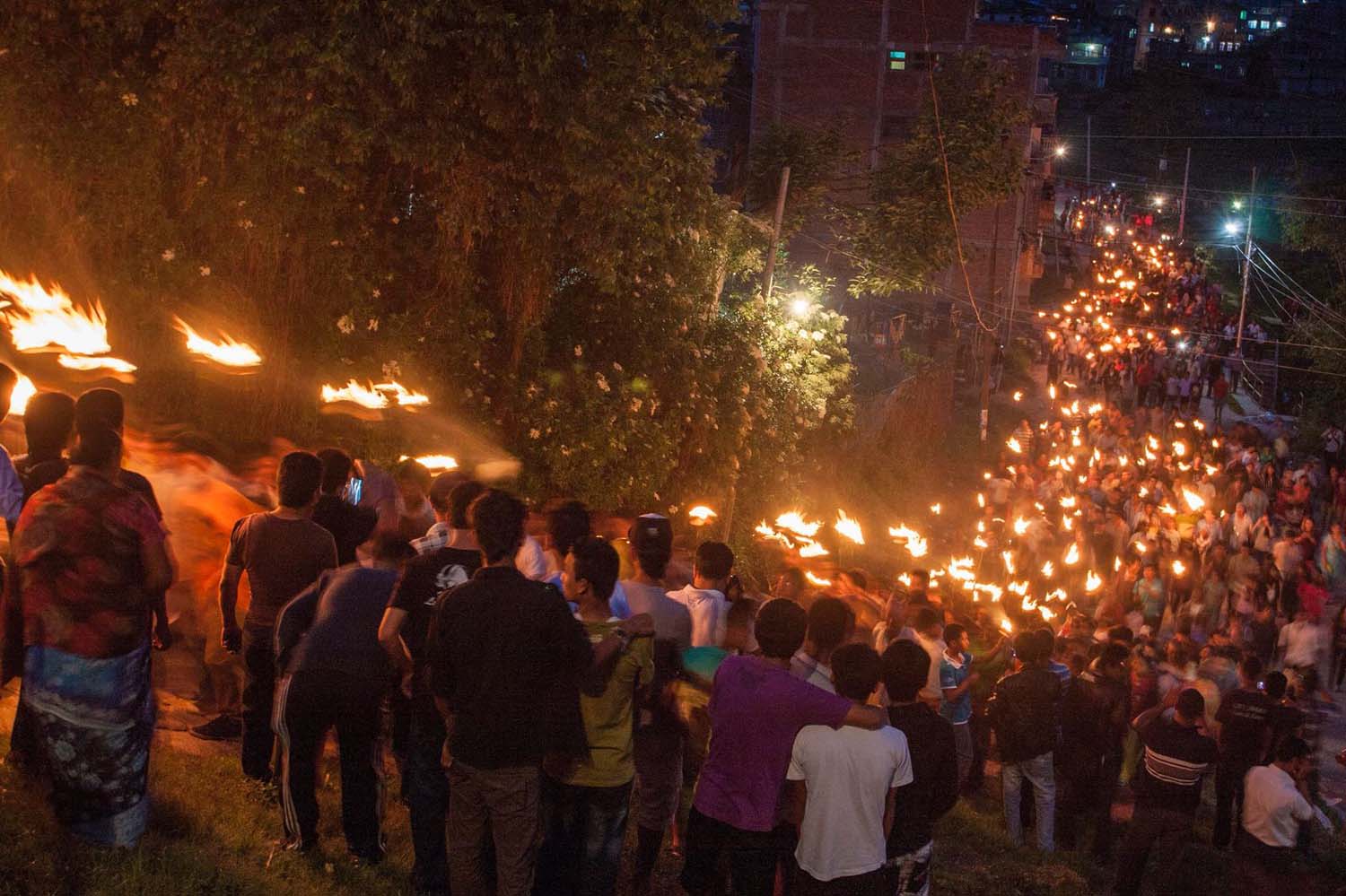
“This Jatra is observed for two days starting on Baisakh Shukla Purnima, also known as Chandi Purnima, a day considered highly auspicious for goddess worship,” explains Nakarmi.
The Jatra commemorates the goddess’s victory over the demon Chandrasur, who once threatened the gods and humans. In response to prayers, Goddess Parvati took the fierce form of Chandeshwari and defeated him in Banepa, symbolising the triumph of good over evil.
The festival begins with Mata Puja: the torch procession (chirag), which takes place around 3:00 am on the first day. The torch procession starts from Layeku (the royal palace) and ends at Jaisigaal (Jaleshwor Mahadev). Later the same day, around 4:00 pm, the grand chariot procession begins from Swodha Tole. The chariot, carried by around a hundred people, is brought to the Chandeshwari temple. Following elaborate rituals, the idol of Goddess Chandeshwari is ceremoniously installed in the chariot.
According to local belief, it must be carried continuously without pausing when the chariot reaches the steep slope at Acha Khyo (popularly known as Ghokechaur). Failing to do so is considered inauspicious.
On the second and main day of the festival, the procession starts around 9:00 am from the Chandeshwari temple. Once the chariot reaches Bhairav Kunda, the deity is offered a ritual face-washing, and all devotees offer water in reverence. In Woku Tole, two young girls from the Bhochhibhoya clan perform a ritual known as Laskus, a ceremonial welcome for the deity as it enters the town.
The chariot procession concludes once it reaches Layeku. After this, the deity is taken to the Chandeshwari Dyo Chhen (god’s residence/shrine). While the idol is being taken to the Dyo Chhen, the Kalan Daan ceremony is held at Nhekanchapa, usually around 9:00 pm. During this ceremony, pieces of meat are distributed as sacred offerings (prasad), and receiving them is considered a great fortune. With the completion of this ritual, the primary events of the Jatra come to an end.
Nakarmi emphasises the need for collective participation to keep traditions like the Chandeshwari Jatra alive. “Everyone needs to come together—even in the coming years—to preserve Jatras like Chandeshwari,” he says. He points out that many young people lack interest or emotional connection to today’s many festivals. “I’ve observed that many youths aren’t interested in learning about the Jatra or remembering the goddess, and celebrating the victory of good over evil,” he adds. According to him, it’s crucial that the essence of the celebration is passed down, not just the rituals.
Nakarmi highlights several pressing challenges faced in organising the Jatra. One of the main issues is the problem of overhead wires. “The wires often get tangled with the chariot, damaging its structure and the flow of the procession,” he says. Although some adjustments are made before the festival begins, he stresses that many areas still require proper management.
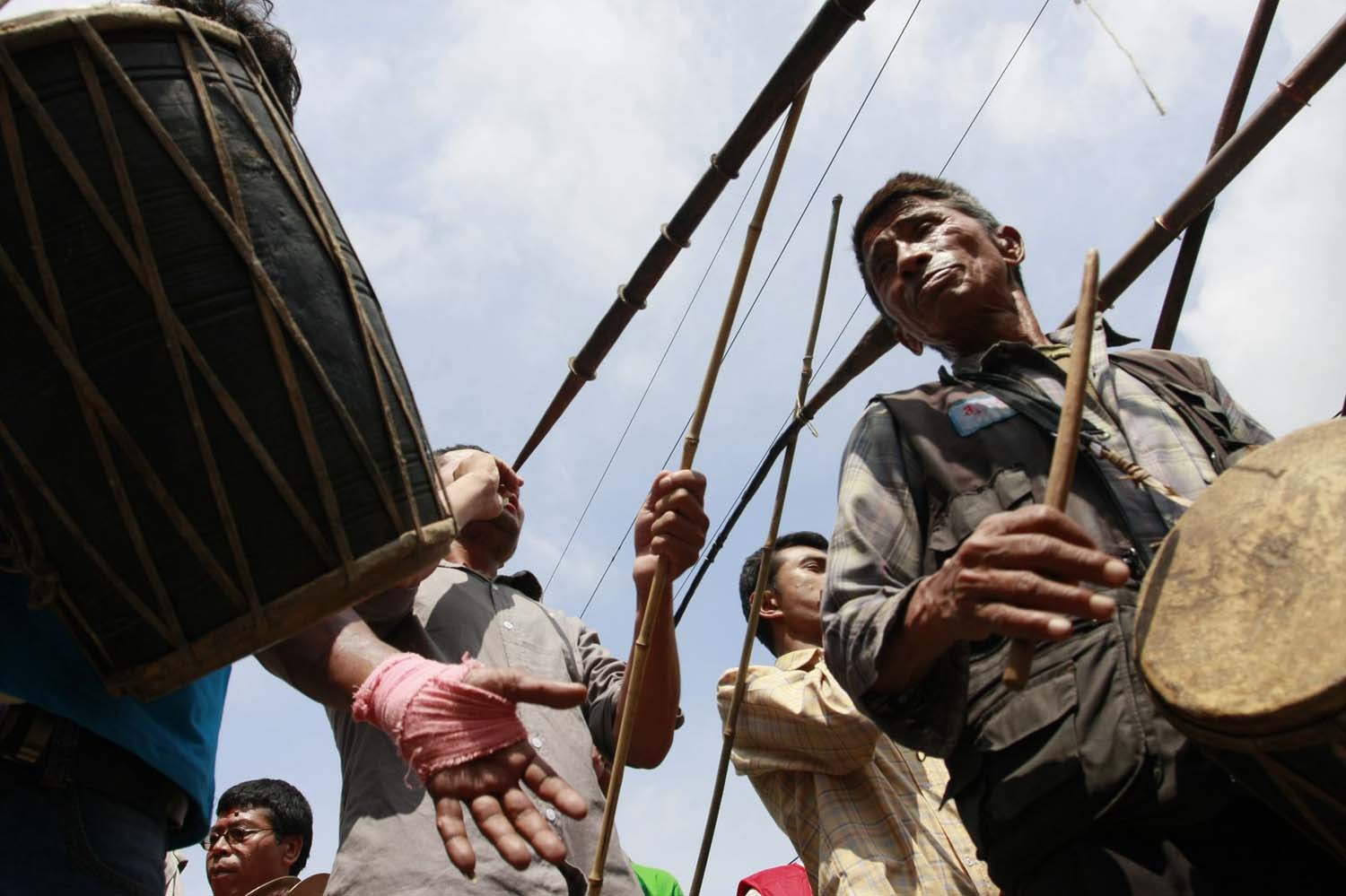
Nakarmi also points out the deteriorating condition of Bhairav Kunda, a sacred site associated with the festival, which is now in a state of disrepair. Additionally, he remarks on the shrinking land holdings of “guthis” (traditional trusts), which once played a vital role in funding and managing the Jatra. “There aren’t many ‘guthi lands’ left to sustain the festival like before,” he explains.
Organising the jatra has become increasingly expensive. While the local government does provide some funding, Nakarmi believes that more substantial support is needed. “It could be even better,” he says. The responsibility of building the main chariot lies with the Kha Guthi, one of the traditional local trusts still active in Banepa,” he adds.
During the reign of King Rana Malla, an independent ruler of Banepa, a man named Mohan Singh Manandhar once set out, believing it was early morning, to visit the Chandeshwari temple for a sacred offering. However, due to a divine illusion, it was actually already midnight. To his astonishment, he witnessed a surreal scene inside the temple—numerous deities dancing in celebration. Overwhelmed and terrified by the vision, Mohan Singh collapsed in fear.
At that very moment, Bhairav, with other deities inside the temple celebrating, sensed his presence and brought him back inside. The gods, startled by this unexpected visitor, questioned why Mohan Singh had entered during their sacred gathering. Kali, preparing to attack him with her khadga (sword), moved forward. But before she could strike, Goddess Chandeshwari intervened.
She stopped the attack and declared, “Mohan Singh has come for my darshan—do him no harm.” As a blessing and sign of favour, she presented him with a golden buffalo head.
The tale is recounted in the Bhasa Vamshawali (family lineage). According to ‘Banepa Stavan’, authored by historian Gyan Kaji Manandhar, the golden buffalo head that Mohan Singh received made him immensely wealthy. In his prosperity, he went to Ason, where he commissioned a crown for Chandeshwari and a protective amulet for Pashupatinath.
While in Ason, Mohan Singh met a yogi. After learning about his story, the yogi was pleased and, as a gesture of goodwill, gave him a one-faced Rudraksha, which he later offered at Pashupatinath. To this day, the sacred Rudraksha remains in the Pashupatinath temple.
As modernity continues to reshape communities, festivals like the Chandeshwari Jatra stand as reminders of the enduring ties between people, place, and the divine. More than a vibrant celebration, it is a living heritage—echoing the rhythms of Banepa’s past while inviting new generations to partake in its future.




 7.12°C Kathmandu
7.12°C Kathmandu
